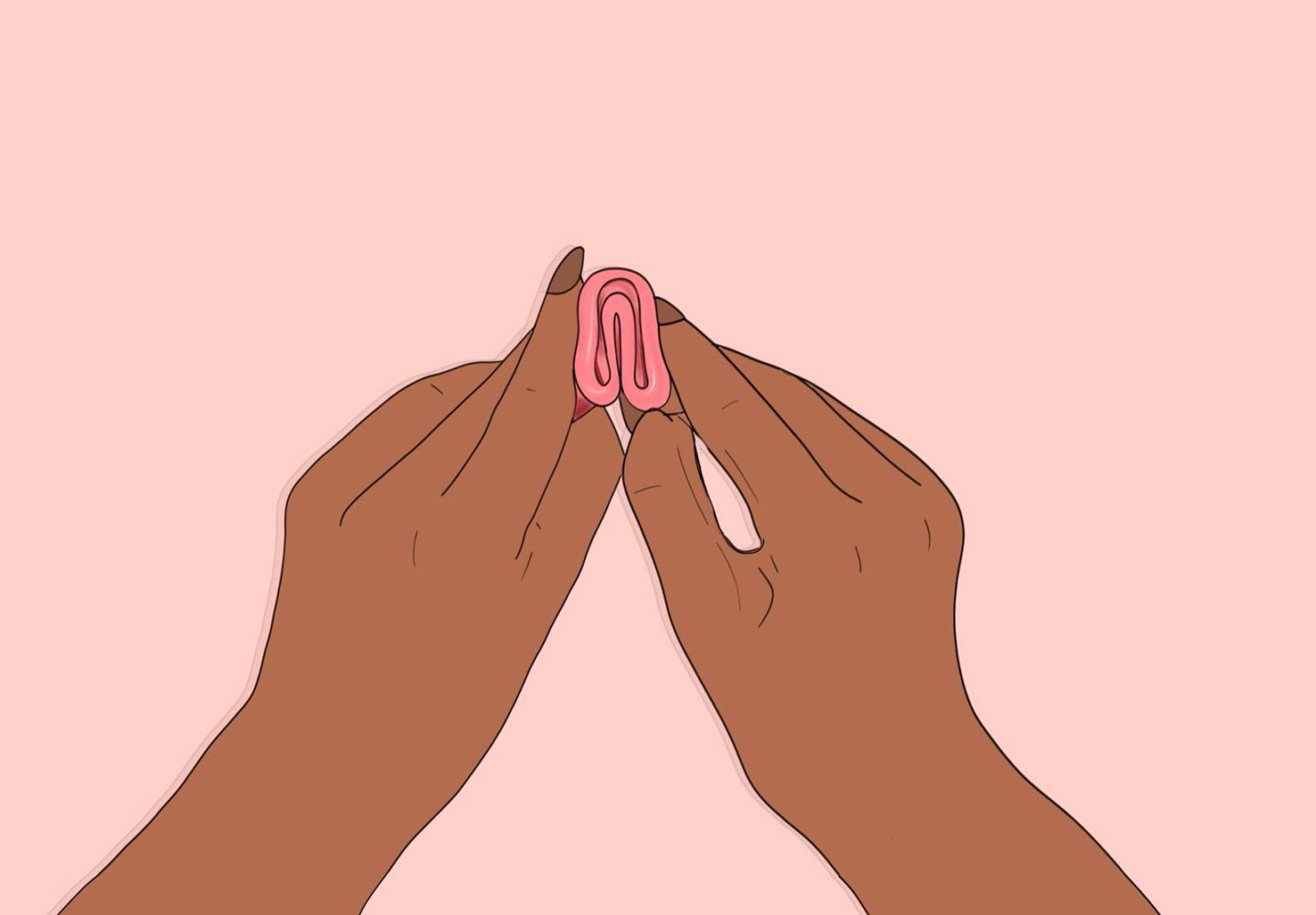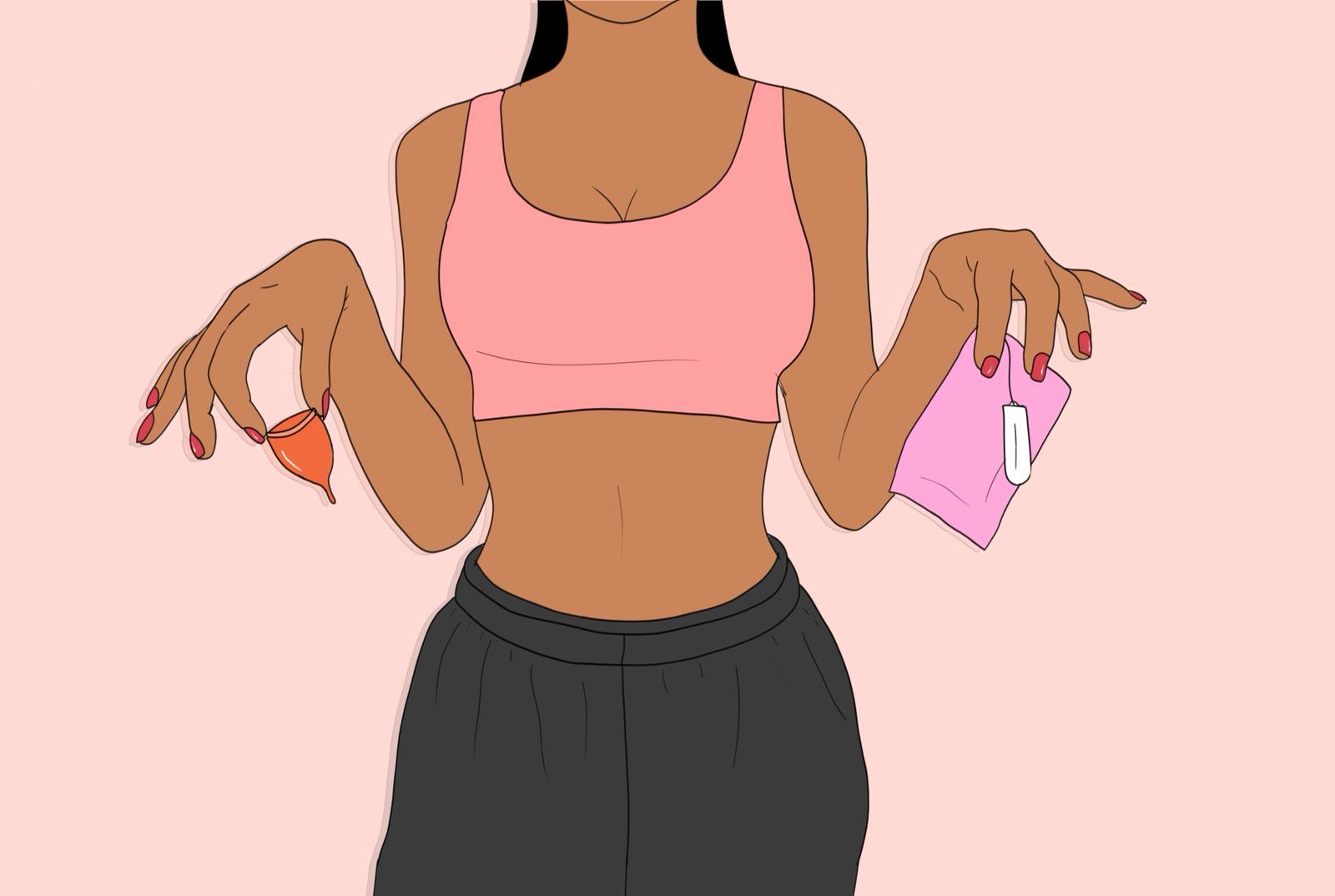Since the days of ancient civilisations, attitudes towards menstrual blood have been anything less than favourable. In ancient Greece, writers considered menstrual blood as something unhealthy that needed to be “expelled from the body in order to maintain balance and health”. This idea trickled throughout the West and as a result, by the mid-1800s, periods were seen as bad, dirty and shameful. So it’s no wonder why today, women’s bodies are still stigmatised and interacting with your menstrual blood is taboo.
However, it’s only over the last century that using disposable feminine hygiene products to absorb and discard blood became a thing. Before the first pack of Kotex was invented in the US in 1920, menstruating women would wash and reuse leftover scraps of material. Although this came with its cons, big corporations have latched onto society’s disdain towards periods to convince women that they need to buy one-use products, again and again, in order to deal with their flow.
Menstruating teens become menstruating adults and after years of being conditioned to think pads and tampons (which are discarded after a matter of hours) are the only way, the concept of reusing something that catches and contains blood can seem gross.
This being said, with a general shift towards sustainability and more insight into how toxic conventional hygiene products can be, using reusable menstrual wear, like cloth pads and my personal favourite, the menstrual cup, is safe, natural and on the come up.
Olivia, founder of the social impact period care company, LUÜNA naturals, certainly thinks so.
“There is certainly a shift and we see this powerfully at our LUÜNA period cup workshops in schools, corporates and organisations across Asia, where even people from the most conservative cultures, in which the idea of inserting a period product is steeped in shame and taboo, are finding the confidence to make the change.
That said, for every positive workshop, we are met with sharp reminders of how deeply menstrual stigma hinders us. People and oftentimes people of influence react with horror when we describe the menstrual cup. We have had countless potential partners dismiss our workshops around sustainable period care as inappropriate or unnecessary, even though shocking health, environmental and social statistics prove otherwise.
Nonetheless, we remain hopeful, knowing that we are changing minds. It just might take us longer to see this shift through to the wide-scale we are dreaming of.”
So, what is the menstrual cup?

The menstrual cup is a small, flexible cup that is inserted in your vagina and sits below your cervix during menstruation. It creates a seal to collect blood for up to 12 hours*, before it’s emptied and reinserted. Most are made from silicone or latex rubber and can be rinsed and routinely boiled between cycles. Before insertion, the cup should be folded so it can ‘pop’ open when inside. Like tampons, you can wear a cup if you’re swimming, sleeping or have an IUD. But unlike conventional hygiene products, it’s a healthy, sustainable and liberating alternative.
If all sounds good but you need a little more convincing, here are some reasons as to why you should switch to a cup.
*or until full
1. Collects more blood for longer
Unlike pads and tampons that need to be changed every four to eight hours, the cup can sit inside you, leak-free, for up to 12. That alone was the reason why I switched. You mean that I can get up for work, put a cup in at 7am, get on the train, slave away for hours and only when I come back home by 7pm is when I can finally empty my cup? Sold! Not to mention, when you wear a cup, you won’t feel a thing.
Menstrual cups can hold up to five times more blood than pads and tampons. So if you’re thinking of switching but have a heavy flow, have no fear. Even though brands like Super Jennie and Venus have large cups with a 40+ml capacity, average-sized cups (24-30ml) will hold more than super tampons (18ml), meaning many who think they have a heavy flow quickly realise that they don’t bleed as much as their pads or tampons suggested.
2. Better for the environment
Whether you’re making the conscious effort to use more sustainable products, knowing that you’re contributing to less waste would make anyone happy. A cup is usually reusable, often made from silicone or rubber, and is designed for long-term use. You can use one for years until it slowly decomposes back to its original state (sand). Pads and tampons, on the other hand, are disposable, plastic-based and end up filling landfills where they’ll take 500-800 years to break down. Considering that in 2018 alone, people in the US bought 5.8 billion tampons, that’s a lot of plastic waste.
3. Saves you money in the long run
This point leads nicely off from the last. Although cups average between £15-30, because you’re using just the one cup, you’ll be saving more in the long run. Gone are the days of rushing to the pharmacy each month and wasting money on towels and applicators that you’ll throw away after each use. A single menstruator will use between 5,000-15,000 pads and tampons as opposed to 4-32 cups. Some cups can last between two and four years whereas others can last up to ten. So if you’re considering switching to a cup, think of all the money you’ll be saving.
4. Safer alternative
Unless stated otherwise, feminine hygiene products can contain toxic ingredients that aren’t listed on its packaging. To get its ultra-white look, the cotton is treated with chemicals and both pads and tampons include some form of plastic. These toxins can irritate your vagina, contribute to period pains and in the long-run are linked to abnormal tissue growth, immune system suppression and hormonal and endocrine disruption.
Furthermore, tampons are notorious for not only absorbing period blood but stripping your walls and the healthy discharge you need to keep down there in check. This is where a cup becomes your saviour. Medical grade and safe for your vagina, it collects blood when inside you and leaves everything else, making it a much better alternative.
5. No more ‘period smell’
No longer will you have to deal with that off putting ‘period smell’ we’ve all caught a whiff of. When inserted correctly, a cup creates an air-tight seal that ensures the blood collected is leak-free and isn’t exposed to air. You also won’t have to worry about your tampon string ending up damp and smelly from getting peed on. Once inside you, your cup should be one centimeter above your vaginal opening.
6. Helps you learn more about your body
Unless you already use a cup, a lot of us only really see our blood soaked in a pad or tampon. Menstrual blood is a lot less watery, much more thick and even a little gloopy. Although it may make some of us feel uneasy, seeing our blood in its natural form helps us learn more about our body and overcome the notion that periods are gross. The cup can also help you detect underlying issues. Most menstrual cups have measurement lines which indicate whether you’re having a light, medium or heavy flow. Very heavy periods are a sign of endometriosis, which may not be as obvious if you wear a pad or tampon. To learn more about heavy periods and if the amount you’re bleeding is normal, click here.
Are you convinced? (We’ve got a whopping discount code if you are)
Reusable products like the menstrual cup are a more convenient, greener, cheaper, safer and liberating approach to periods. Results from a number of studies found that 70% of women who tried a cup wanted to continue using it once they got used to it. It’s a little more tricky compared to conventional products on the market and may take a few uses to adjust but once you get the hang of it, you probably won’t look back.
If you’re interested in trying a menstrual cup today, LUÜNA is offering 35% off with the code YESGURL35. Just click here >
Read more:
How to Clean, Fold, Insert & Remove a LUÜNA Cup
“Do I need a Small or Large?” • Choosing your Size
Menstrual cycle awareness magic!
Find more lifestyle articles here >
Written by Annette Christian
Illustrated by Francesca Mariama

